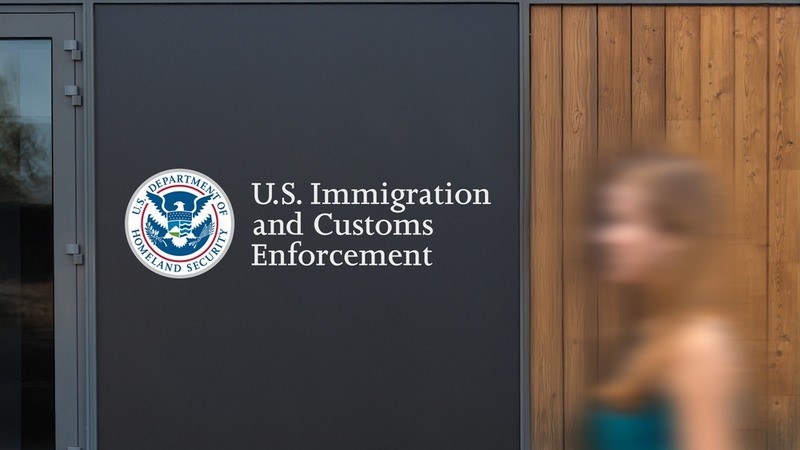
The Department of Homeland Security’s (DHS) Immigration and Customs Enforcement (ICE) Chief Information Officer (CIO) Dustin Goetz said the agency is leaning on artificial intelligence (AI) and DHS’s Cyber Talent Management System (CTMS), to help accelerate the hiring process for tech talent.
Speaking at ACT-IAC’s Cybersecurity Summit in Reston, Va., Goetz acknowledged that ICE is conducting “a major hiring sprint” to carry out President Donald Trump’s mass deportation policy.
Goetz said that the Office of the CIO (OCIO) received roughly 60,000 applications, which he called an “overwhelming response.” As a result, his office set up a “strike team” to standardize data sets from USAJOBS and other sources to leverage AI to help sift through all of the resumes.
“The result was we were able to go through a huge amount of resumes in a matter of probably three or four days,” saving approximately two years’ worth of labor, he said. “That’s monumental, especially with this administration, who wants to see as many boots on the ground as possible.”
Goetz stressed that AI “is not a silver bullet,” noting that ICE still has a human in the loop that validates the resume qualification work.
However, he said ICE is looking to AI and other emerging technologies to help officers’ job performance.
“For those of you that are tracking, we have also a large number of arrests and deportations that we have to meet – goals that are set up by the administration,” Goetz said. “Well, if you do the simple back-of-the-napkin math, it’s not going to be possible with the number of officers and agents that we have, even when we hire them.”
“The way that we’re going to get there is through the use of technology,” he added. “The more that we push technology out into the hands of the operators, so that they can do more aspects of their job in the field, the better off we’re going to be.”
In addition to AI, ICE is also leveraging CTMS, which is a personnel system DHS launched in 2021. It allows DHS to fill mission-critical cybersecurity positions by screening applicants based on demonstrated skills and reducing the time it takes to be hired into the agency.
“CTMS qualifies you right out of the shoot. It’s a very, very technical test,” Goetz said, adding, “For those of you that have sat through the CTMS exam, you’re going to know that by the time you make it on the back-end of that exam, you’re well qualified.”
“That brings in new talent, and that definitely pays them what they’re worth,” he said. “So, we’re starting there and making sure that we’re hiring some of the best and the brightest.”
Priorities for 2026
Looking forward to 2026, Goetz said he has a “three-pronged approach” for his priorities. The first, he said, is inventory, so that the OCIO can understand what’s inside its IT environment. In doing so, he hopes to secure shadow IT and legacy systems.
“What keeps me up at night is the things that I don’t know,” Goetz said. “So, with support from our [chief information security officer] and our program offices, we’re writing some internal policy that’s going to require all of our IT offices to register their applications, their assets out there, regardless of where they sit, so that we at least have some awareness on what we have.”
“There are different techniques, but asset management is going to be probably one of the first things that we try to tackle in 2026,” he said.
His second priority is data modernization, which will ensure that ICE’s data is “structured and available for consumption within ICE and across DHS,” Goetz said. “Once we get that completed, we’ll be able to start really seeing the power of AI,” the CIO said.
Finally, he said the third priority is to bake security into everything: “Cybersecurity is not going anywhere … and I see that as being what’s really going to enable the mission.”
